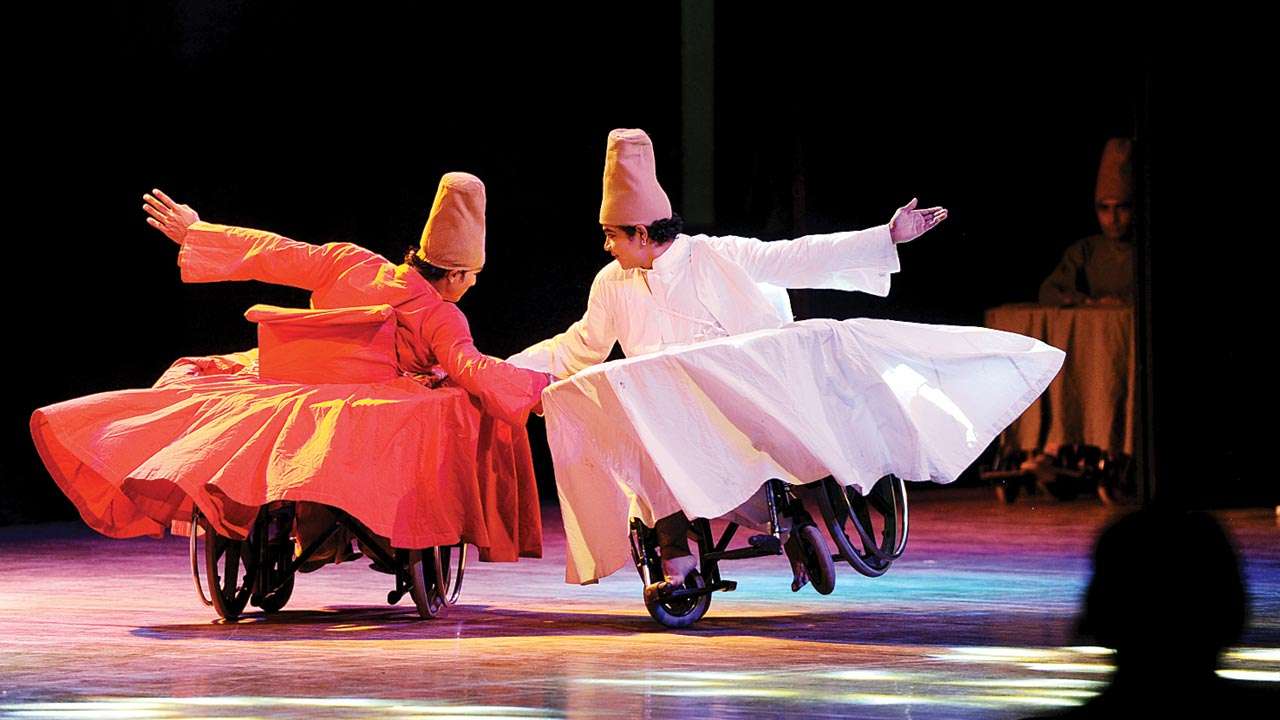
Divyang, people with physical, intellectual or developmental disabilities, are arguably the most marginalised members of our society and have historically suffered discrimination and oppression.
They have not experienced the same access to the arts as non-disabled people; artists with disabilities are typically situated within a therapeutic paradigm and excluded from institutional structures of performing or visual arts, contemporary or classical.
In academic research, Disability Studies is still offered within the context of health; hopefully in the not too distant future, it will be a separate inter-disciplinary programme. It has been observed by experts that a “caste system” exists that ranks people with physical disabilities as higher than those with intellectual disabilities.
Dance has been used therapeutically for thousands of years. It has been used as a healing ritual for fertility, birth, sickness and death since early human history. Classical Indian dance forms like Odissi and Bharatnatyam are based on ancient yogic postures.
Over a period between 1840 to 1930, a new philosophy of dance developed in Europe and the United States. However, very little formal research has been done in India on the use of Indian forms of dance as therapy. Scantier still is formal research on use of dance as an enabling therapy for person with disabilities.
Artists with physical, intellectual or developmental disabilities are legitimate artists and must have the same access to the arts as non-disabled people. Only a handful of organisations are working in this inter-disciplinary area of empowerment across the globe. Patronage of the government agencies has been episodic and inconsistent, in the absence of a policy.
The International Dance Council — Conseil International de la Danse of UNESCO — sometimes pays attention to dance therapy in its deliberations. On their part, the Ministry of Culture and the Department of Empowerment of Persons with Disabilities of the Government of India, true to their tokenism, give minuscule support for hosting mega international events like SAMBHAV in the national capital every November and forget about their commitment to an inclusive India with focus on divyang artists.
Another UN organisation, UNESCAP provides event organisation support. Corporates have sometimes come forward to support inclusive arts. In India, such examples are found in large public sector organisations such as ONGC, GAIL, PFC, EXIM BANK and HPCL.
Over the years, the SAMBHAV event, being organised over more than a decade now by a New Delhi-based NGO, Association for Learning Performing Arts and Normative Action or ALPANA, for showcasing divyang artists across the world, has attracted performers from all the continents at a single platform.
Deliberations at seminars and in visual performances and shows put up at venues confirm the belief that everything is possible by divyang artists. They have time and again exhibited the highest expressions of human creativity. They have a right to live with dignity and participate in all social, creative or recreational activities.
SAMBHAV 2018 will be inaugurated by former chief justice Dipak Misra at the India International Centre, New Delhi, on November 2. The three-day event will have divyang artists from 18 countries performing on stage.
The benefits of dance and music therapy are well-documented. Classical Odissi dance and Hindustani classical music taught in an inclusive environment have produced positive results. Divyang students who came to the ALPANA institute in 2003 were, at that point in time, unable to even stand erect and walk in a straight line, let alone perform a choreographed dance piece. Now they perform all over the country and also abroad.
When one watches their performances on stage, it would be difficult to notice any disability in their mood-linked facial expressions or the complicated Odissi postures of the dance theme. Many divyang artists have received diplomas after passing the rigorous syllabus-based examinations in classical dance and music of the Akhil Bharatiya Gandharva Mandal.
Most importantly, through their special abilities in dance, music and crafts, these special artists have been able to create space for self-empowerment, which is not just defined by the disability they have. In other words, their efforts have helped in developing confidence and self-respect for special artists. This has led to their families, friends and wider social circle change their views - from perceiving them as a burden or as an unproductive member of society to realize that they were equal partners as dancers, musicians, teachers and managers.
— The writer is an Odissi dancer